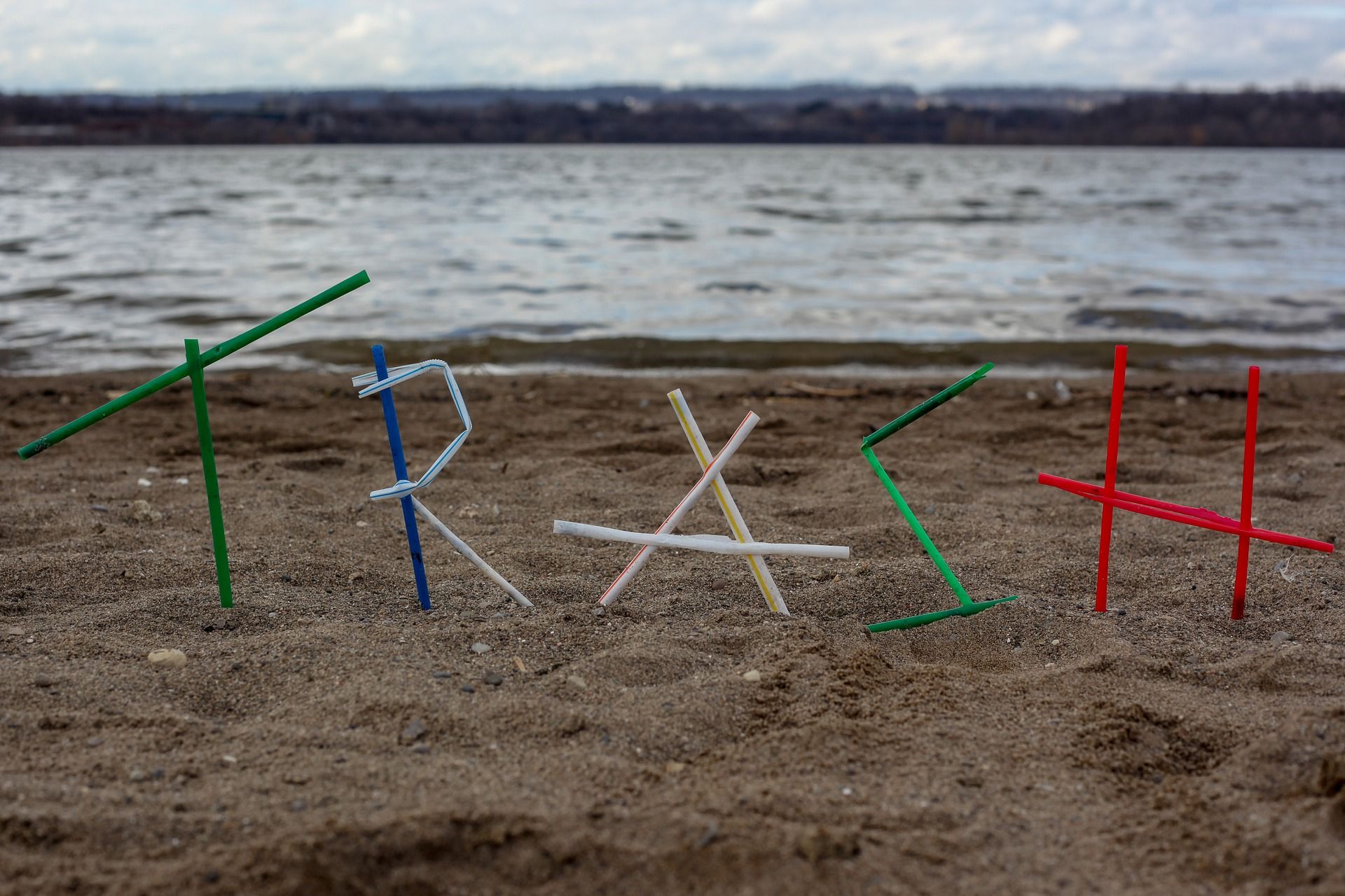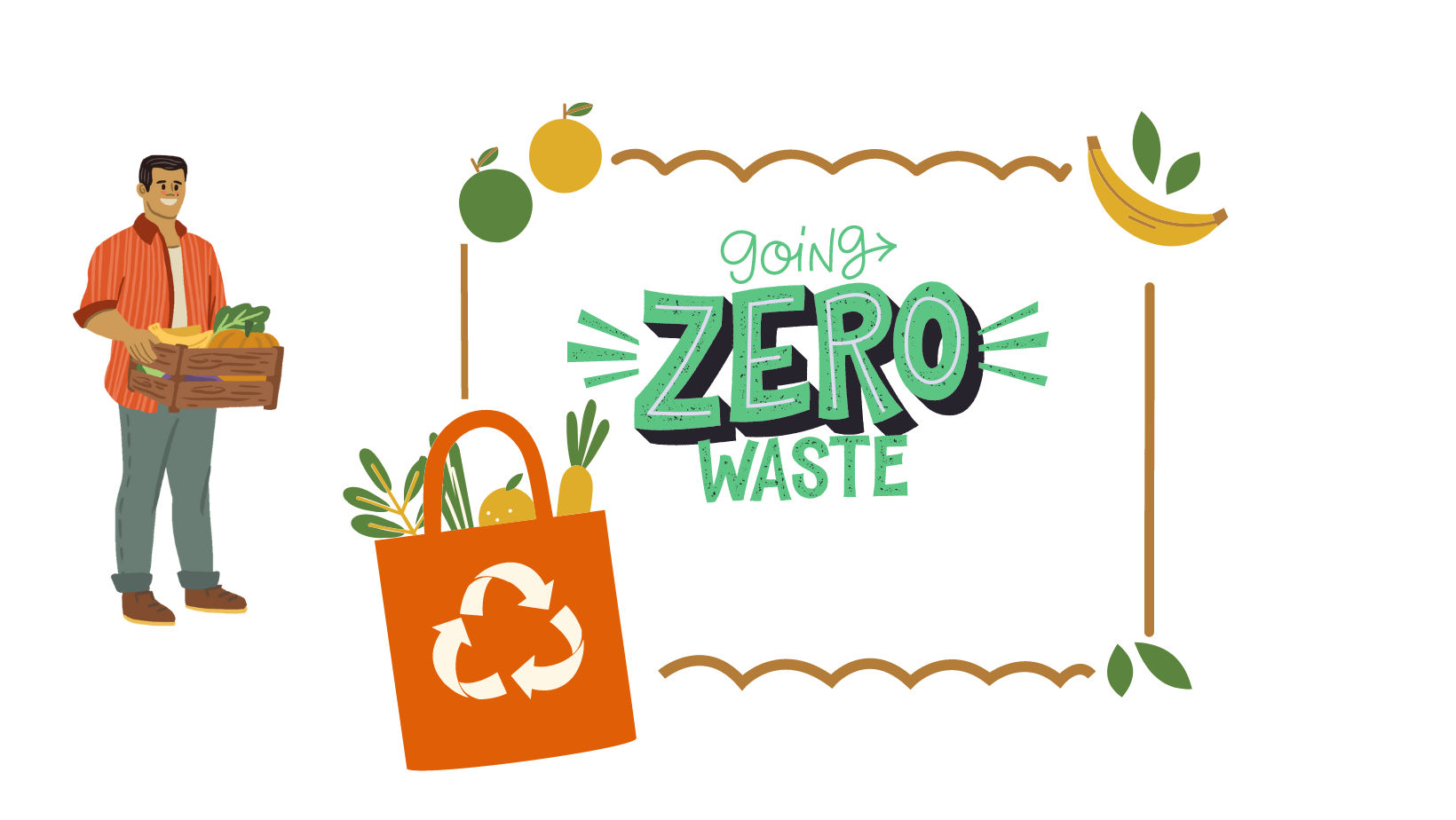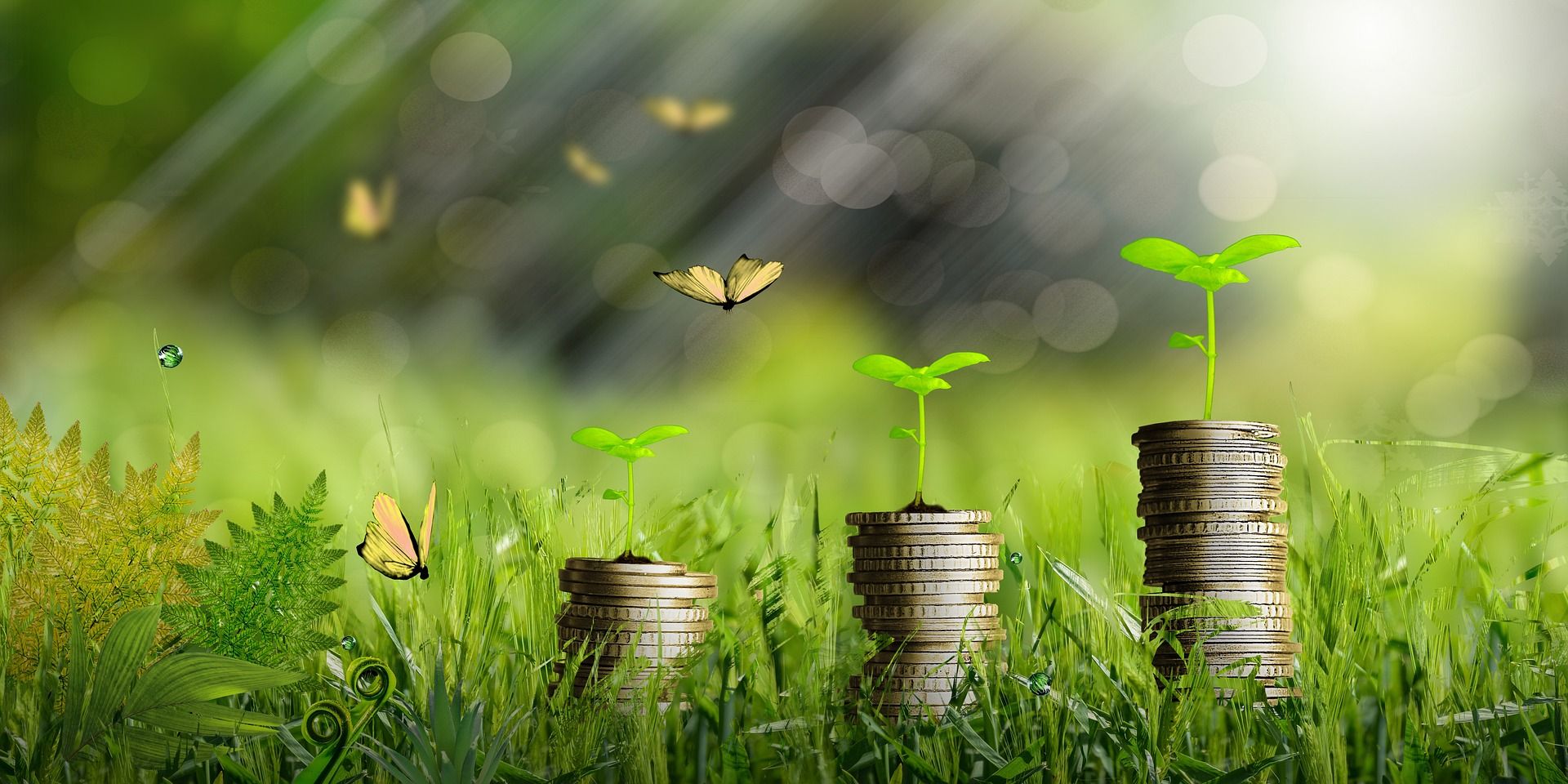Do you remember your first toothbrush? Although you discarded it and forgot about it, it’s still somewhere on earth, INTACT.
Reportedly, a plastic toothbrush takes over 400 years to degrade. This means that although your great-grandparents may be long gone, their first plastic toothbrushes are still somewhere on earth.
How and when did human beings start using plastic toothbrushes, anyway?
Table of Contents
Characteristics of the ‘Toothbrush Tree’
Hog/ Horse Hair Bristle Toothbrush
How Your Toothbrush Contributes To The Plastic Crisis
Bamboo Toothbrush As An Alternative
How To Take Care Of Your Bamboo Toothbrush
How To Dispose Of Your Bamboo Toothbrush
Finding A Bamboo Toothbrush In Kenya Is Easy
History Of The Toothbrush
The Chew Stick
Although forms of the toothbrush have been in existence since 3000BC, the toothbrush as we know it today was invented in 1938. The chew stick, which is probably the most eco-friendly toothbrush ever, was used by ancient civilizations, the earliest dated to Babylonia in 3500 BC, and an Egyptian tomb from 3000 BC.
 The twig would be plucked from the ‘toothbrush tree’, then one end was chewed until it was brush-like, while the other end was pointed and used as a toothpick.
The twig would be plucked from the ‘toothbrush tree’, then one end was chewed until it was brush-like, while the other end was pointed and used as a toothpick.
The chew stick is still in use today. In Africa, Salvadora persica is the ‘toothbrush tree’, commonly known as the mustard tree, and Muslims call it miswak. In rural Kenya, for example, most people have never heard of toothbrushes, therefore, a chew stick is their go-to dental hygiene accessory.
Other sources of chew sticks in Kenya include Albizia coriaria, Acacia nilotica ( gum Arabic tree), Balanites aegyptiaca ( desert date), Berchemia discolor ( birdplum/ brown ivory), Boscia coriacea, Cordia sinensis ( grey-leaved cordia), Cupressus lusitanica ( Mexican cypress), Olea europea subsp.africana ( wild olive /brown olive/ Indian olive), and Vernonia amygdalina ( bitter leaf/ Congo bololo).
Characteristics of the ‘Toothbrush Tree’
Only specific trees are used to make chew sticks. They have to:
- Be Aromatic- To freshen the mouth as well as clean it.
- Contain high content of tannins- Tannins can both harm or help your teeth, a great example of how natural products can sometimes be complex. On the bright side, tannins are medically beneficial. They are highly anti-inflammatory and antibacterial, thereby helping to prevent swelling and infection.
Tannins also help with faster healing by constricting blood vessels.
How does this work?
At the inflammatory stage, blood vessels constrict at the problem site, preventing blood loss and allowing platelets to gather and form a clot. The vessels then loosen, allowing maximum blood to flow to the wound, then complete the healing process.
Hog/ Horse Hair Bristle Toothbrush

The chew stick was later replaced by a bristle toothbrush. The first bristle toothbrush was found in China, and was believed to have been used between 619 and 709. The handles were made of bamboo or bone, and bristles were made of stiff, coarse hog hair.
In his Shōbōgenzō, Japanese Zen master Dōgen Kigen recorded in 1223 seeing monks in China using toothbrushes made of horsetail hairs attached to ox bone handles.
Europeans also used bristle toothbrushes but found the hog bristle toothbrushes too firm, opting for the softer horsehair bristle toothbrushes. Both types of toothbrushes were imported into Britain from China until the mid-20th century. Other toothbrushes had silvergilt handles and horsehair bristles, like Napoleons’ toothbrush.
Then came the nylon bristles.....
Nylon Bristle Toothbrushes
Nylon bristles were introduced by DuPont de Nemours in 1938, and World War II was responsible for their quick adoption. The military standard of six healthy opposing teeth was not being met by many young hopeful recruits due to poor dental hygiene.
Consequently, dentists were part of the battalion, and soldiers were instructed to practice great dental hygiene. After the war, they brought back their tooth-brushing habits.
The result?
Demand for toothbrushes soared, and plastics took over.
Natural bristles were replaced by nylon, which was cheaper, 100% waterproof, and longer-lasting. And the bamboo and ox bone handles evolved to plastic.
The plastic toothbrush dominated the markets, and this has contributed to the current plastic crisis. Toothbrushes are now common plastic debris during beach cleanups, adding about 23 million kilos of waste to landfills annually.
How Your Toothbrush Contributes To The Plastic Crisis
The American Dental Association advises you to replace your toothbrush every three months. This translates to about 23 billion toothbrushes trashed annually around the globe.
So, what’s the problem?

- Most plastic toothbrushes can’t be recycled. Because they are too small to pass through sorting facilities, and some of them are made of composite plastics that are difficult to recycle.
- In the U.S alone, 1 billion toothbrushes are thrown away annually.
- Plastic toothbrushes take over 400 years to degrade.
- Even if they disintegrate, they’re only turning to microplastics, which marine life confuses for food, and also gets into our water systems.
- Sea birds are confusing it with food. For example, a female albatross was observed regurgitating a toothbrush to feed its chick, and the chick ATE it! What’s sadder is that this happens quite a bit!
- Plastic toothbrushes are made of nylon bristles and polypropylene (PP) plastic handles, which makes them indestructible. Additionally, nylon and polypropylene are sourced from non-renewable fossil fuels, contributing to climate change.
- Plastic toothbrushes are increasingly common during beach cleanups. In Hawaii, for example, up to 100 toothbrushes can be picked in any given beach cleanup.
- Annually, billions of plastic toothbrushes are dumped in oceans and landfills. By 2050, we expect more plastic than fish, in weight, in our oceans, and your toothbrush is a contributor.
- Plastics clog drainage systems, especially during the rainy season in Kenya. Your toothbrush is part of this trash.
How can you help?
By using bamboo toothbrushes, instead.
Bamboo Toothbrush As An Alternative
Before plastic and nylon bristles were introduced to the market, people used bamboo-handle toothbrushes, and we’re now going back to this plant material.
Advantages of Bamboo Toothbrush

- The handle is 100% biodegradable as it’s made of bamboo.
- The raw material, bamboo, is a renewable and sustainable resource. It’s a grass that grows about 3-4 feet in a day, and when harvested, grows back. Even after harvesting, bamboo roots remain in place, preventing soil erosion.
- You reduce plastic waste produced by your household.
- Natural antibacterial.
- Our toothbrushes are as ecofriendly as possible, packaged in kraft paper boxes.
Disadvantages of Bamboo Toothbrush
- Most of the bamboo toothbrushes in the market today still have an element of plastic- the DuPont nylon bristles. Even bamboo charcoal fiber and castor bristles have nylon. They’re about 60% bamboo fiber/castor and 40% nylon.
On the bright side, these bristles are 100% BPA-free.
The only 100% biodegradable bristle option is animal hair, but this is a very controversial material as it’s not cruelty-free. Nylon, castor, and bamboo charcoal fiber are the current best options.
How To Take Care Of Your Bamboo Toothbrush
A bamboo toothbrush should last you 3-4 months, depending on how well you take care of it.

Here are a few tips:
- BEFORE FIRST USE- Rinse the bristles and handles thoroughly before the first use as there may be some bamboo dust left after manufacturing. It's harmless, but you still need to wash it off for the best comfort.
- RINSE- After brushing your teeth, rinse the bristles to remove toothpaste and other debris.
- DRY- DON'T skip this step. Natural bamboo handles may encourage mold growth faster than plastic toothbrushes do. Don’t use a toothbrush cover, and occasionally give the brush some love. Let it sunbathe! Place it in a cool, dry place, afterward.
- STORE- Place on top of your toothbrush holder, horizontally. If storing vertically, like we’re used to, use a vented holder e.g our bamboo toothbrush holder, for aeration. This way, you’ll prevent moist and dark handles.

- WHEN TRAVELING- Thoroughly dry the bamboo toothbrush before storing it in your travel or toiletries case.
- DON’T SHARE TOOTHBRUSHES- Like plastic toothbrushes, bamboo toothbrushes also harbor bacteria. Of course, not all bacteria go down the drain after you’re done brushing. Sharing toothbrushes increases chances of spreading infections.
- DON’T PUT IN DISHWASHER OR MICROWAVE- You may occasionally want to clean your toothbrush using natural products. Just DON’T put it in the dishwasher or microwave.
Changes You Should Expect
- The handle will darken after daily use- When the toothbrush is brand-new, the wood color will be light. But, because bamboo is naturally porous it will darken, as you use it.
Reuse Your Old Bamboo Toothbrush Before Disposing of It
A few ideas to do this:
- Lay your edges
- Spot-clean fabric and hard to reach corners
- Clean your keyboard
- Clean a comb
- Paint
- Clean your fingernails
- Remove crayon off your walls
- Remove clumped mascara from your eyelashes
- Straighten your eyebrows
How To Dispose Of Your Bamboo Toothbrush

- Remove the nylon bristles either by pulling them with a pair of pliers, or breaking the head off. The bristles are too small to be put in your mixed recycling stash.
Therefore, reuse an old plastic bottle or container and collect the bristles, then send to your local recycling facility.
- Compost the bamboo part in your home compost. They take about 6 months to fully compost
- Reuse or upcycle your bamboo handle. A few ideas:
-
- Use your old bamboo toothbrush handle to mark your herb garden. This works in your small urban garden too. Urban farming is cool!
- Nurture your children’s creativity by including the bamboo handle in their arts and crafts projects
- Use it as a plant holder for your climbing plants
- Add it to your eco-friendly fire pit for chill evenings with friends and family in your backyard.
- The packaging is 100% biodegradable, made from 100% paper. Feel free to creatively reuse them. For example, in your kids’ paper mache art projects.
Finding A Bamboo Toothbrush In Kenya Is Easy
You can make the switch from a plastic toothbrush to a bamboo toothbrush by visiting our shop today. Your whole family is covered too!
*Don’t be mean. Be Green*





















